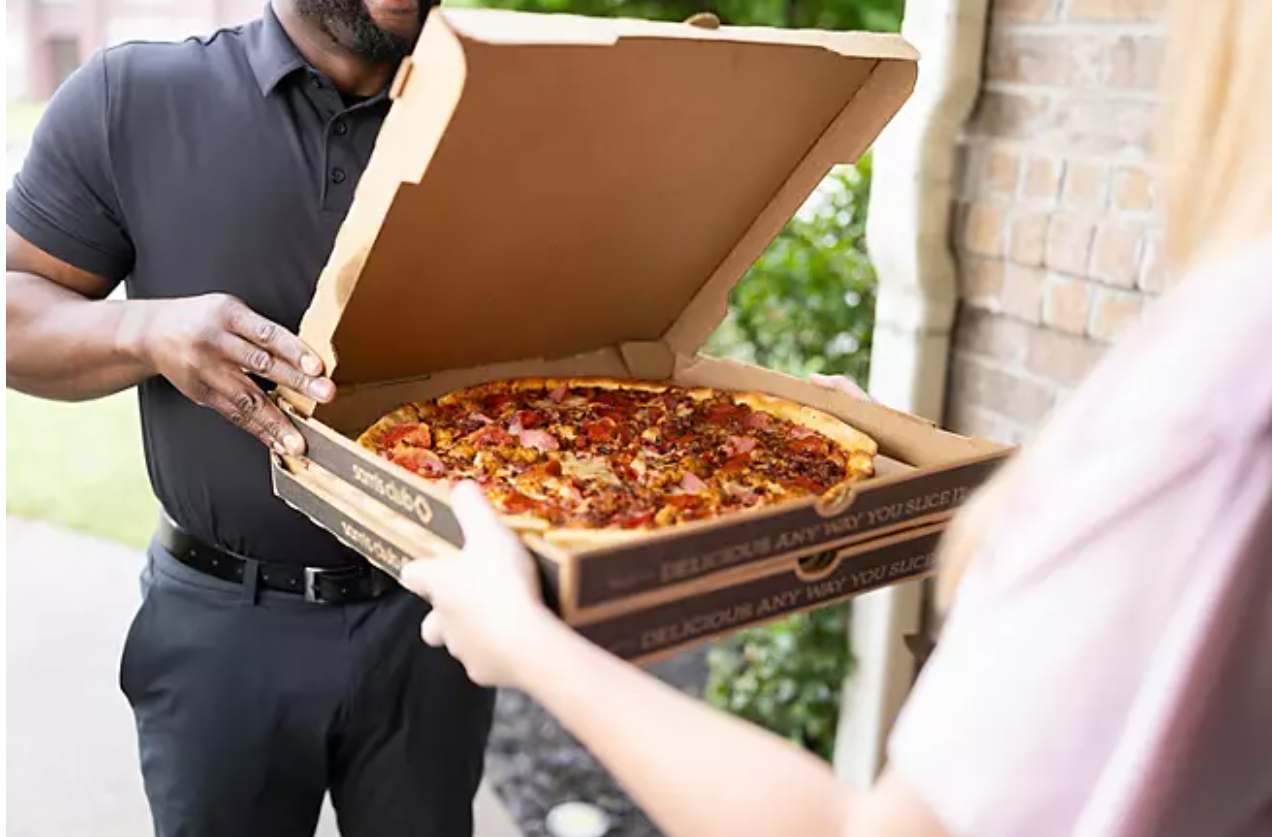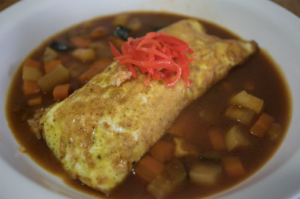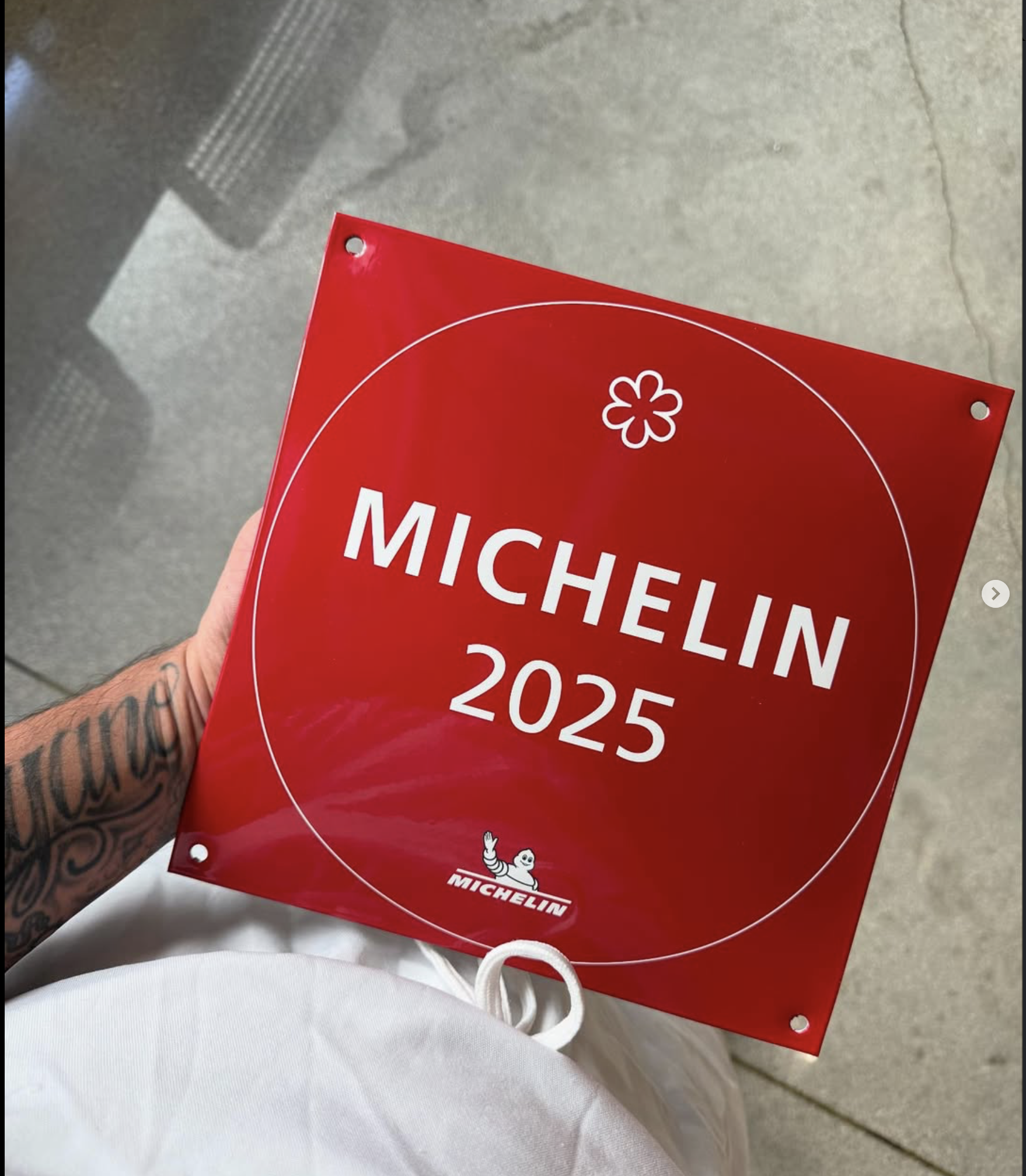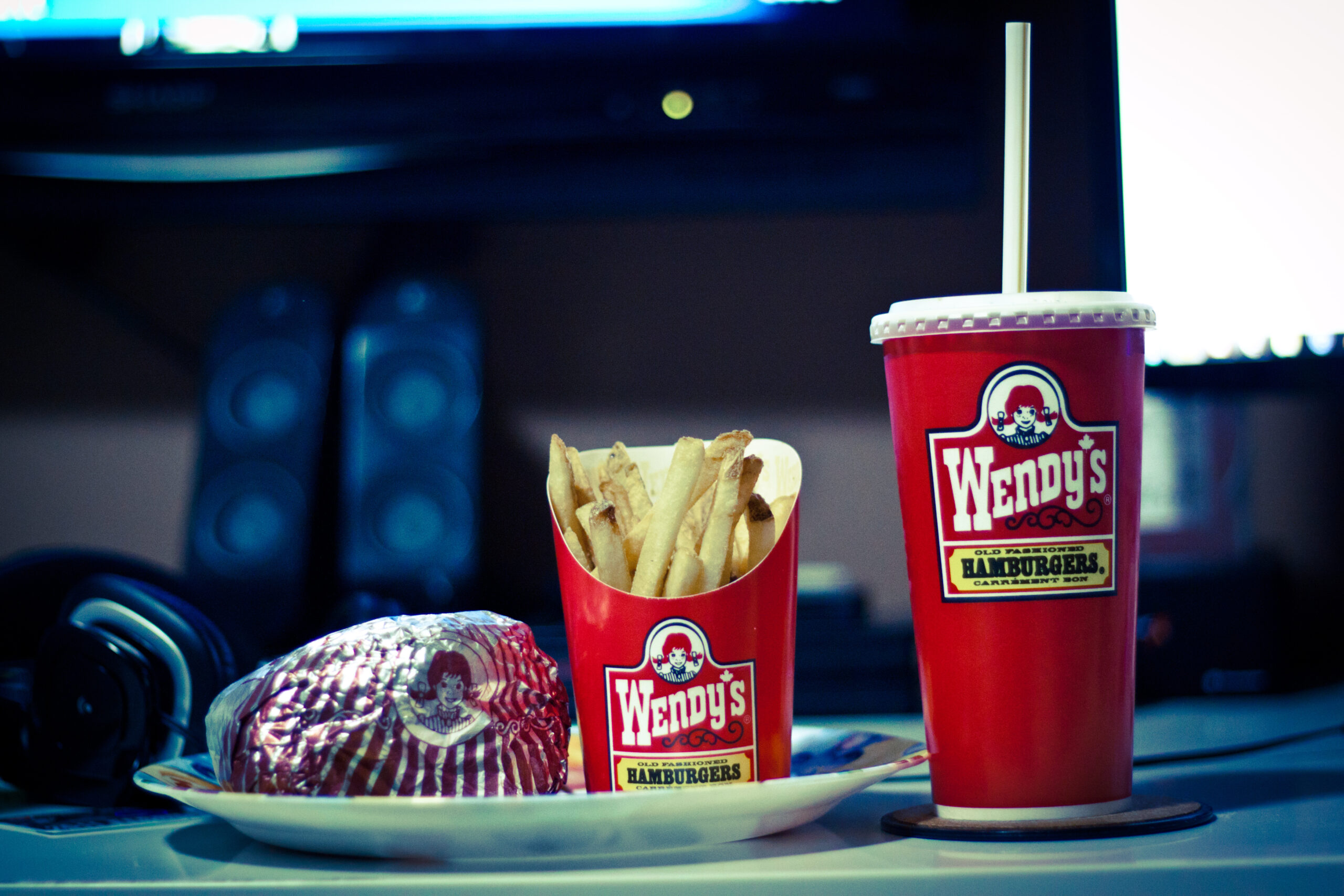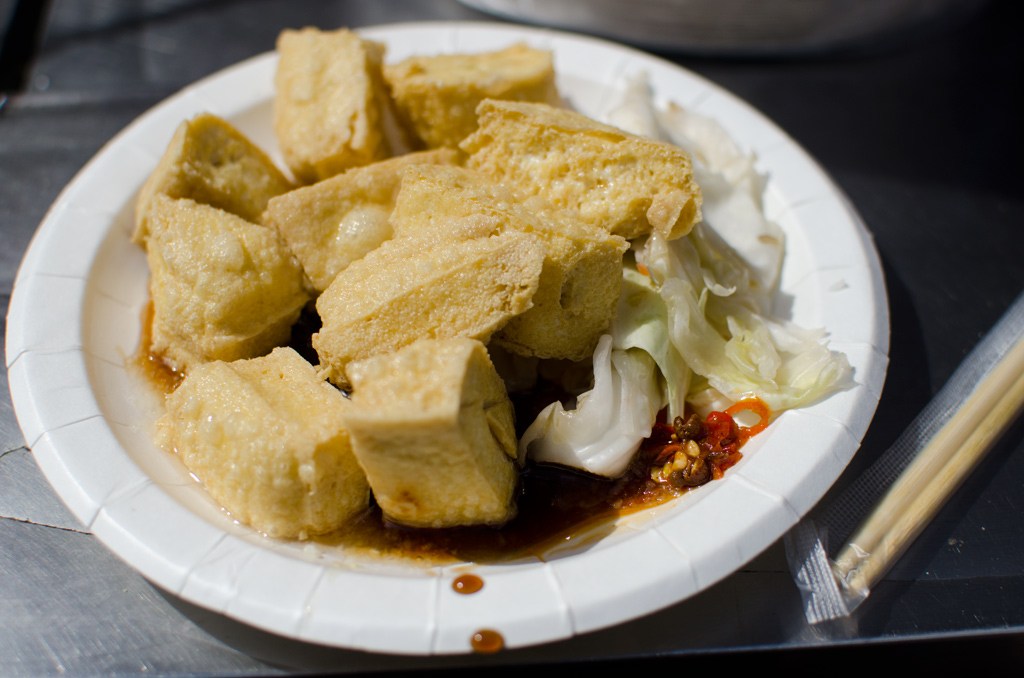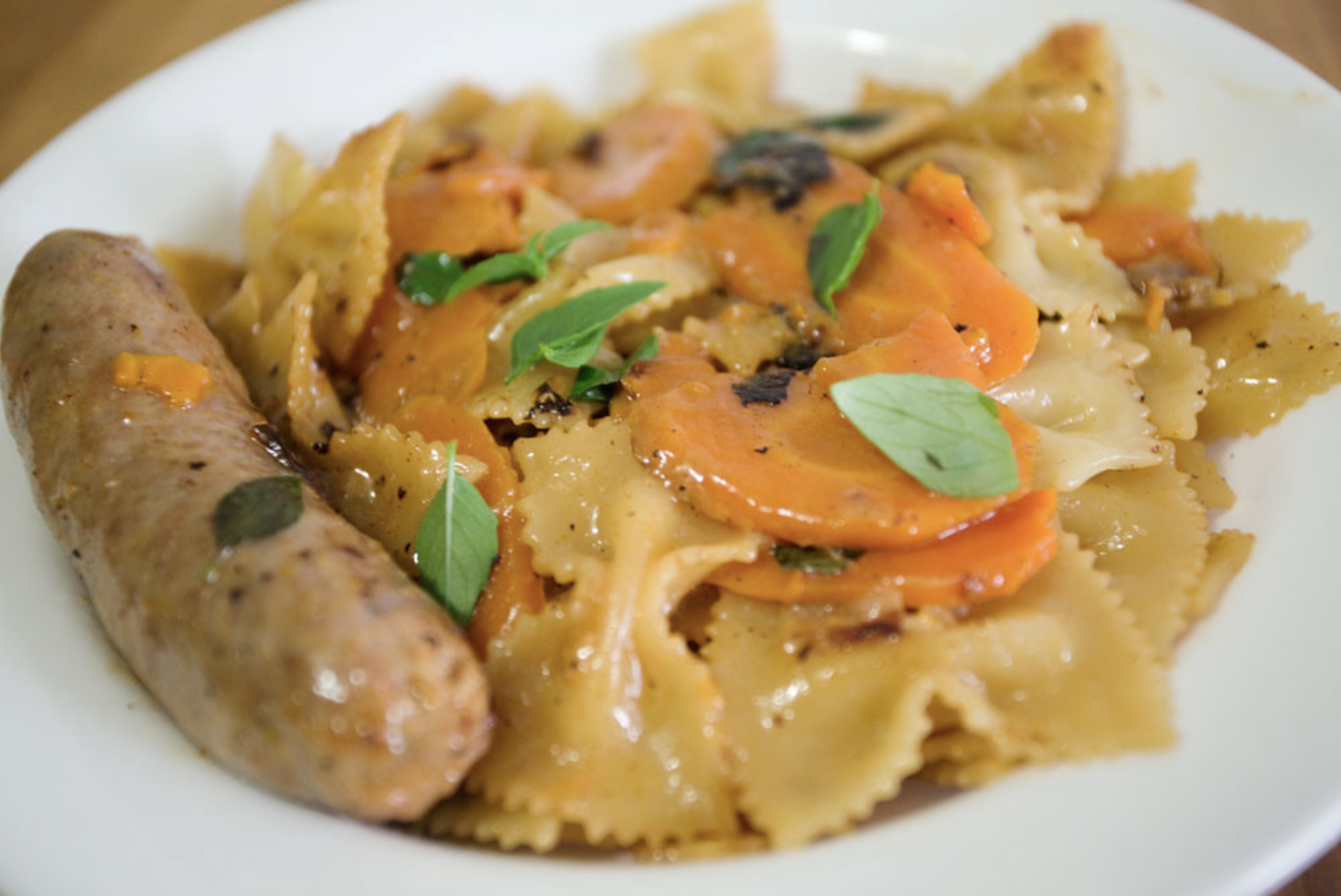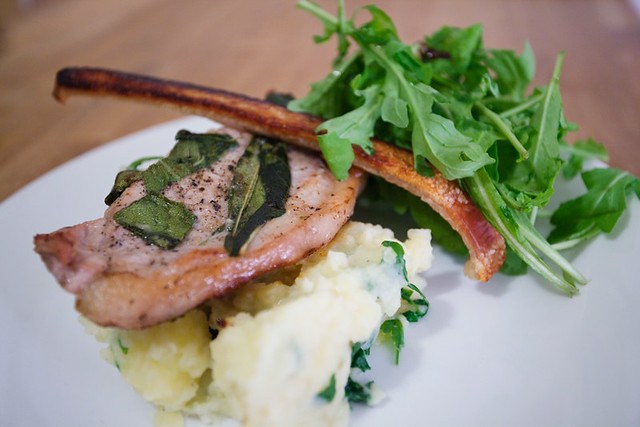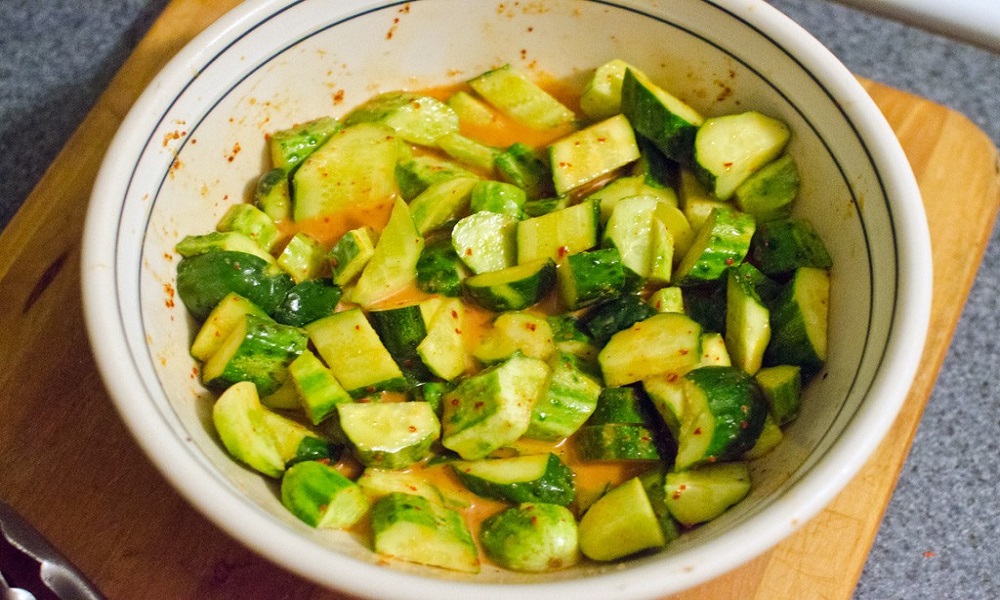Sam’s Club shattered decades of tradition this May, delivering its cult-favorite café pizzas directly to customers for the first time in company history. The $8.98 price tag on a 16-inch pizza sounds almost defiant in today’s economic climate—especially when Domino’s charges around $16 for a large pepperoni and Pizza Hut runs $15.98 for comparable sizes.
Breaking Down Warehouse Walls
The wholesale giant partnered with DoorDash and Uber Eats to bring its café menu beyond warehouse doors. This pilot program launched in select markets including Dallas-Fort Worth, testing waters that rival Costco has yet to enter.
While home pizza-making enthusiasts debate dough hydration percentages and fermentation times, Sam’s Club’s approach prioritizes consistent results over artisanal complexity. Three flavors lead the charge: cheese, pepperoni, and four-meat varieties. Each pizza delivers the same bulk-buying value that built Sam’s Club’s reputation, now packaged for modern convenience.
Key delivery details:
• No membership required for food orders through apps
• Same café-quality preparation as in-store purchases
• Fast service reported in early Dallas pilot reviews
• Large parking-lot portions now accessible to urban customers
• Limited dietary accommodations remain unchanged
The timing feels deliberate. While major pizza chains have kept prices relatively stable since the 1990s through volume deals and hidden delivery fees, Sam’s Club sidesteps that entire pricing structure. The move captures a cultural moment where affordable comfort food meets modern convenience demands.
Cult Following Meets Delivery Culture
Sam’s Club cafés have anchored the shopping experience since the early 1990s. These no-frills food courts became cultural touchpoints for working families seeking substantial meals at rock-bottom prices. Anyone who’s navigated a Saturday afternoon Sam’s Club run knows the unspoken ritual: grab your bulk toilet paper, sample the weekend demos, then reward yourself with a $1.38 hot dog combo that feels like discovering buried treasure.
The $1.38 price remains legendary—a defiant middle finger to inflation that would make economists weep with joy. But pizza delivery signals something bigger: warehouse retailers recognizing food as destination dining, not just shopping fuel.
The appeal transcends typical fast food—these are the crowd-pleasing, no-fuss meals that anchor community gatherings, now available without leaving home. Social media buzz confirms growing interest in warehouse dining accessibility. TikTok users celebrate “food court hacks” while Reddit threads dissect taste-to-price ratios with the intensity of wine sommelier debates. The delivery expansion taps directly into this digital enthusiasm, bringing cafeteria nostalgia straight to apartment doorsteps.
Looking Forward
This pilot could reshape how bulk retailers participate in America’s delivery economy. Success might trigger menu expansions or permanent delivery infrastructure investments across Sam’s Club’s 600-plus locations.
The real test lies ahead: Can warehouse-style efficiency translate to doorstep satisfaction? Initial feedback from Dallas-Fort Worth pilot markets suggests Sam’s Club found the right formula, delivering both value and convenience when families need it most.


